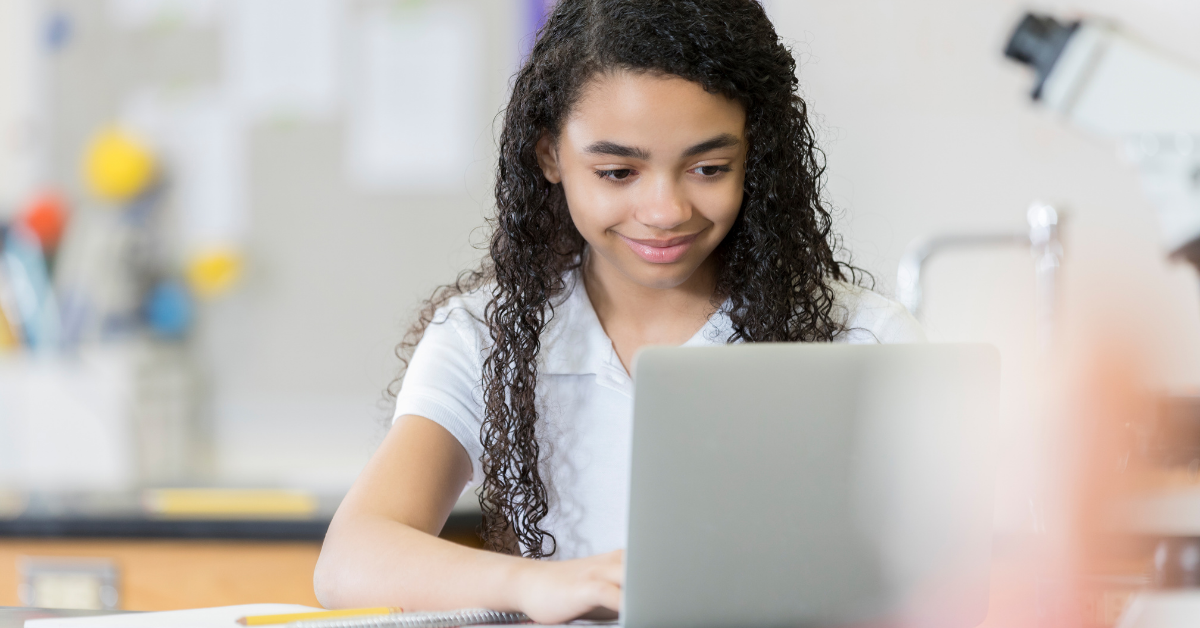
Opportunities to learn and practice social emotional skills in a variety of settings- including at home- help young people develop SEL mastery. Like other forms of learning, SEL success is enhanced by strong school-home partnerships. In fact, positive SEL outcomes are most likely to occur when social-emotional skill sets have wrap-around value (that is, they’re mutually supported and communicated at home, at school, and in the community).
Five easy-to-implement strategies to help families foster SEL literacy at home
Feel free to pass these along to the parents in your educational community.
1. Talk openly about empathy and kindness.
Notice where it shows up in your home or in your community. Call out your child for positive demonstrations of kindness, empathy, and other pro-social behaviors. Ask your child about how they feel when they practice these values, how they think the person on the receiving end of their pro-social behavior might feel- or even how they feel when others do not act with kindness or empathy towards them. Raising a young person’s “radar” of how and when these elements exist in their world can eventually empower them to include values of kindness and empathy more frequently.
2. Provide choice.
Positive decision-making is a powerful SEL skill. It is also one that many young people struggle with. Offering choice in a supportive environment helps to grow this capacity. Start small, perhaps by offering a child a choice of three or fewer low-stakes options. For example:
- I’d like you to help me get ready for your brother’s birthday party.
- We need to accomplish these three things, but why don’t YOU choose the order in which we do them.
The more practice a young person has with guided choice-making, the more capable they are likely to become at making complex decisions later on.
3. Bolster self-control.
Self-control is a learned skill and is at the heart of many SEL practices. The Circle-of-Control is a great school-to-home strategy for helping kids and teens build stamina in this area. When a child is “in the moment” of emotional upset, invite them to draw two concentric circles (on a piece of paper, on the sidewalk with chalk, or in kinesthetic sand, as examples). In the center circle, have them record their name. This simple stem is an important one- writing our own names is a grounding experience. In the space outside both circles, they will record all of the things about the upsetting event or emotion upset that are outside of their control. Finally, inside the second circle, they’ll record the things that are within their control. This circle is the most important one- it contains strategies, tools, and resources that can be acted upon to solve (or reduce) the problem. The child will choose one or two of these to put into action.
4. Integrate metacognition.
Self-awareness and mindfulness are important components of social-emotional learning. Metacognition merges both of these. We think of metacognition as the practice of ”thinking about our thinking”. At home, caretakers can model their thinking by verbalizing problem-solving as it occurs in real-time. Gosh. I didn’t like the way she said that to me. It’s making me feel upset. It could be that she’s mad at me, but probably she’s having a hard day and just took it out on me. I should call her this evening and see if she wants to talk. Children can also be encouraged to reflect on certain events, feelings, or behaviors. It may involve “debriefing” after a child has solved a problem to determine what went well and what they might do differently next time. Journals are also a great way to foster metacognitive growth.
5. Face crises with a plan.
Let’s be honest- not all situations will go the way they’d like them to. Some will even pick up steam in the direction of a crisis. Parents and caretakers can actively support children by working to ensure that they have the right tools in their toolboxes when moments of crisis arise. This becomes critically important when it comes to teens. The unique challenges faced by this demographic require a direct and targeted approach. Programs like SEL Home recognize the urgency of SEL growth and crisis management for teenagers. Their home-based programming offers explicit strategy development, which is presented in manageable, engaging lessons. The platform also allows parents to monitor and support their teen’s SEL progress. Putting resources like SEL Home and the SEL Home SELF-care Toolkit to work helps us meet our children where they are, with high-quality research-backed strategies.
Schools are only one part of a student’s social-emotional story- so they shouldn’t be the sole aspect of SEL literacy efforts. Parents and caretakers play a critical role in their child’s socio-academic well-being. When healthy student-home partnerships are in place- and when parents are supported in bolstering SEL efforts at home- social and emotional growth benefits students as individuals, their families, and your entire classroom and school community.

